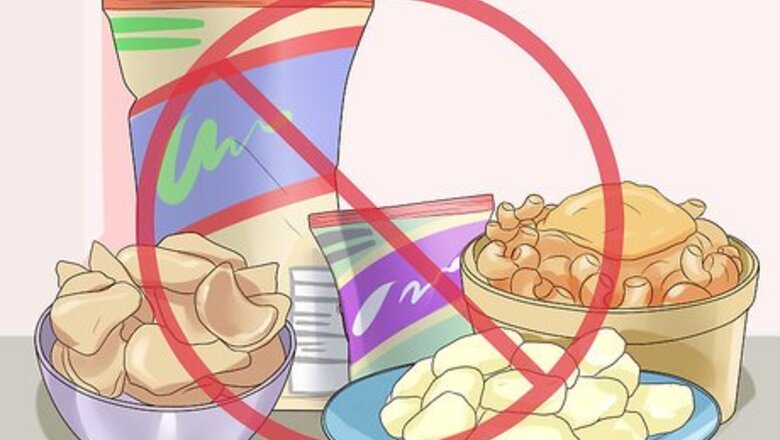
views
X
Research source
Gut bacteria are aided and balanced by eating foods high in probiotics, or taking a probiotic supplement.
Avoiding Foods that Harm Gut Bacteria Levels

Avoid highly processed foods. Overly processed items often contain relatively few nutrients in general, and could reduce levels of healthy gut bacteria if consumed in large amounts. Processed foods also contain few nutrients and probiotics, which are necessary for a healthy gut. Excessive consumption of processed foods has also been linked to increases in intestinal inflammation. It can be difficult to get kids to eat non-processed, naturally colored foods, as children are often drawn towards the attractive coloring and mild tastes of processed foods. Try gradually weaning your kids off of processed food. For example, allow kids to have mac and cheese or chicken nuggets for dinner some days, but insist that they eat an apple or banana beforehand.
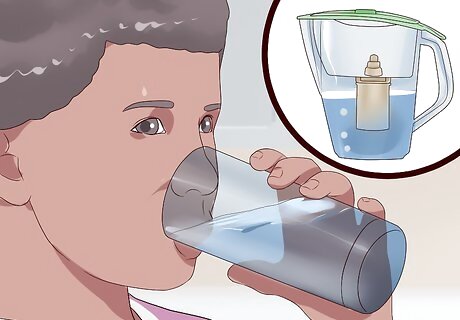
Give kids filtered water. If you live in an urban area, your tap water will likely be treated with chemicals such as chlorine. Chlorine can kill off potentially harmful bacteria in tap water, but can also kill off healthy gut bacteria when ingested. Instead of giving kids straight tap water, filter tap water through a high-quality, carbon-based filter. This will remove most of the chlorine from tap water and encourage healthy levels of gut bacteria. Carbon-based water filters can be purchased at your local kitchen-supply store, and may also be available at grocery stores. Brands such as Kenmore, Paragon, and Aquasana make carbon-based water filtration systems. You could also purchase a pitcher-sized water filter, which will be less expensive and does not require installation. You can also buy bottled water from your local grocery store. Bottled water is relatively inexpensive if bought in gallon-sized jugs.
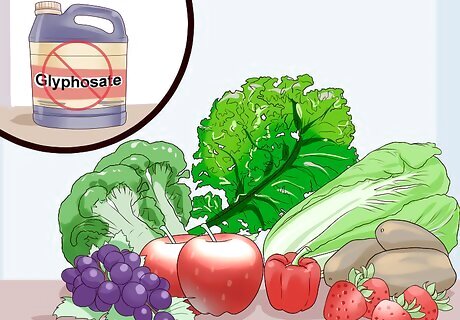
Focus on serving organic, non-GMO foods. In many cases, genetically modified foods have been sprayed with pesticides that, when ingested, can harm gut bacteria and diminish digestive-system health in both children and adults. To avoid this, serve organic foods that have not been treated with pesticides such as Glyphosate. Not all GMO foods are marked as such on the packaging, so you’ll need to focus on buying items marked “organic.” Common GMO foods include corn, soy, and canola oil. Look for organic versions of these foods at your local grocery store or health-food store. Also shop for organic fruits and vegetables, as non-organic veggies and fruits are commonly treated with pesticides.
Giving Your Children Probiotics and Prebiotics
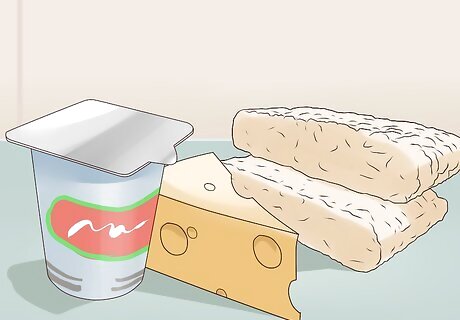
Serve foods that are rich in probiotics. Probiotics provide live bacteria that help develop a healthy balance of gut bacteria in your children’s digestive systems. Dairy products are especially high in probiotics; plan to serve children plenty of yogurt that contains "live and active cultures" and aged cheeses, especially gouda and cheddar. Probiotics are also commonly found in fermented products. If you children are not picky eaters, try feeding them dishes which contain apple cider vinegar, sauerkraut, tempeh, or kefir (a yogurt-like dish).
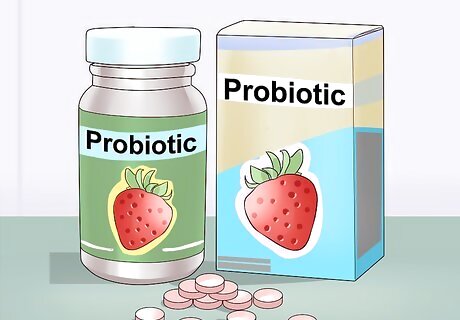
Provide children with a probiotic supplement. In addition to serving probiotic-rich foods, you can also give your children a probiotic supplement to boost bacteria levels. If your children are picky eaters and do not want to eat non-processed foods and vegetables, plan to give them a daily probiotic pill. Although probiotic supplements do not require a prescription to purchase, consult your children’s pediatrician before starting the kids on supplements. Probiotic supplements are available at most health-food stores or behind the pharmacy counter. As they contain live bacteria, the supplements need to be refrigerated. Look for a tablet form of probiotic, such as Nature’s Bounty Acidophilus Probiotic. These will not be marked with a specific dosage (as probiotics are not technically medicinal). Alternately, look for a probiotic in packets which can be mixed into children’s food. Most probiotic packets will be marked “for kids,” including brands Culturelle for Kids and Florastor Kid.
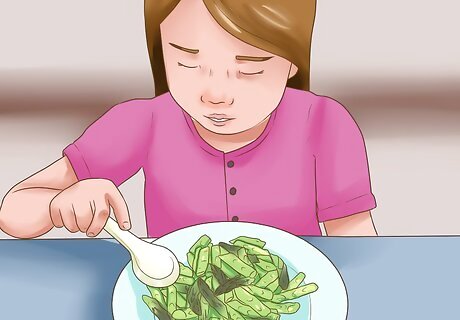
Feed kids plenty of fiber. Fibrous foods encourage healthy digestion by filling children’s stomachs and intestines with prebiotics: the food source which probiotic bacteria feed on. Children who eat prebiotic fibrous food will have a more receptive gut to probiotic bacteria, and will develop more balanced gut health overall. Feed children fibers like artichokes, asparagus, leeks, and onions. If you children shy away from the strong flavors and distinct textures of these fibers, substitute more child-friendly prebiotic fibers, including bananas and tomatoes and grains such as barley and rye.
Maintaining Healthy Levels of Gut Bacteria in Children

Let kids play outside and get dirty. While it may seem counterintuitive, allowing your children to play outside and cover themselves in dirt and mud can have health benefits. If children are exposed to naturally-occurring bacteria and germs from a young age, they may develop stronger immune systems and have a healthier variety of digestive-system bacteria. While children should still bathe regularly, you don’t need to be overly concerned with keeping them germ-free at all times. To cultivate healthy bacteria in your children’s guts, also avoid washing their hands with antibacterial soap, which can kill off healthy bacteria as well as unhealthy germs.

Watch for the signs of poor gut health. If children have a deficit of healthy gut bacteria, they may exhibit one or more of the following signs: excessive gas, diarrhea, or nausea. In more serious cases of imbalanced gut bacteria, children may develop irritable bowel syndrome or Crohn's disease, and may experience serious weight loss, bloating, abdominal pain, or even blood in the stool. While changing your child’s diet and increasing their probiotic consumption can improve their gut health, these symptoms can occur for reasons unrelated to gut health. If dietary modification doesn’t clear up the symptoms, schedule an appointment with your child’s doctor.

Consult your children’s pediatrician about gut bacteria. Whether or not you’ve noticed signs and symptoms of imbalanced gut bacteria levels, it’s a good idea to ask your child’s doctor about ways you can promote balanced levels of gut bacteria. Ask if they recommend specific dietary changes (including ones you may not have considered), and ask their opinion on probiotic supplements for children. If your children are experiencing uncommon problems with their gut health, the pediatrician may provide a referral to a nutritionist or a gastroenterologist.












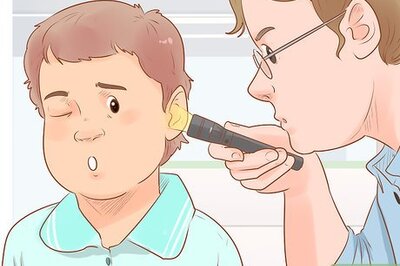






Comments
0 comment